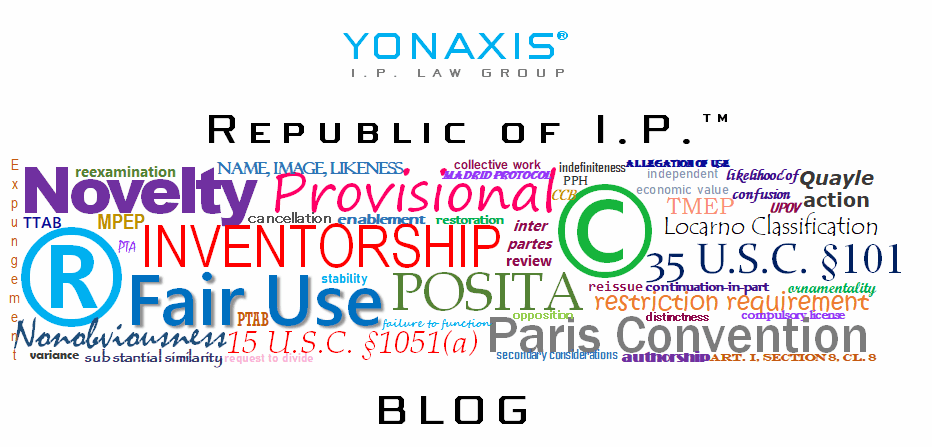Introduction
In copyright infringement cases, courts must determine whether one work impermissibly copies another’s protected expression. While the widely used “extrinsic test” focuses on comparing specific elements between works, the selection-and-arrangement theory offers a different analytical framework that recognizes that creativity often lies in how creators select, coordinate, and arrange elements—even when the individual components themselves are unprotectable.
Limitations of the Extrinsic Test
The extrinsic test, popularized by the Ninth Circuit in Sid & Marty Krofft Television Productions, Inc. v. McDonald’s Corp.,1 examines specific, objective elements of a work to determine substantial similarity. However, this test has been criticized for its tendency to dissect works into isolated components, potentially missing the holistic creative expression that copyright law aims to protect.
As the Supreme Court noted in Feist Publications, Inc. v. Rural Telephone Service Co.,2 “copyright protects only the author’s original contributions – not the facts or information conveyed.” This limitation can be problematic when a work’s originality stems primarily from the unique combination of otherwise unprotectable elements.
Core Principles
The selection-and-arrangement theory addresses this gap by recognizing that copyright protection may extend to the author’s original selection and arrangement of elements, even when the individual components themselves are not copyrightable. The theory acknowledges that creativity often manifests in the “selection, coordination, and arrangement” of materials. This principle was firmly established in Feist, where the Court held that compilations of facts may be copyrightable if the compilation features an original selection or arrangement. The Court emphasized that “the statute envisions that there will be some fact-based works in which the selection, coordination, and arrangement are not sufficiently original to trigger copyright protection.”
Development: Key Cases
Feist Publications, Inc. v. Rural Telephone Service Co.
In this landmark case, the Supreme Court rejected the “sweat of the brow” doctrine and established that telephone directory white pages lacked sufficient originality in their selection and arrangement to warrant copyright protection. The Court noted that Rural’s white pages were “entirely typical” and arranged in an “age-old practice” that “does not possess the minimal creative spark required by the Copyright Act.”
Satava v. Lowry3
The Ninth Circuit first applied selection-and-arrangement principles in this case involving glass sculptures of jellyfish. The court found that while individual elements of depicting jellyfish in glass were not protectable, the artist could potentially claim protection for “the original selection, coordination, and arrangement” of these elements—though it ultimately found the arrangement in this case too commonplace to merit protection.
Rentmeester v. Nike, Inc.4
The Ninth Circuit applied selection-and-arrangement principles to a photograph of Michael Jordan, noting that while individual elements (such as a subject jumping with legs extended) might not be protectable, the photographer’s selection and arrangement of those elements could be. The court wrote:”What makes for a ‘rare’ or ‘unusual’ configuration of elements in a photograph will be different from what makes for a ‘rare’ or ‘unusual’ arrangement of elements in other kinds of artistic works.”
Recent Developments
Music is one industry where individual creativity sometimes collides head-on with legal issues under copyright law. In Sound and Color, LLC, v. Smith,5 the Ninth Circuit held that Sam Smith’s musical hook in its song “Dancing with a Stranger,” composed of seven “selected and arranged” notes with varying durations and pitches, and accompanying lyrics for each of the notes was not substantially similar to Sound and Color’s hook in its song, “Dancing with Strangers.” The Ninth Circuit ordered the trial case to a jury to determine the issue of whether there was substantial similarity in the selection and arrangement of the Smith rendition of the song. However, the court emphasized that “there is no well-defined standard for assessing when similarity in selection and arrangement becomes substantial, but . . . the selection and arrangement of elements must be similar enough that the ordinary observer, unless he set out to detect the disparities, would be disposed to overlook them.”
Practical Implications for Copyright Holders and Creators
The selection-and-arrangement theory offers both opportunities and challenges:
- For creators: There may be protection available even when working with common elements if the selection, arrangement, and coordination demonstrates originality. However, merely changing individual elements may not avoid infringement if the overall selection and arrangement are substantially similar.
Conclusion
While the selection-and-arrangement theory represents an important evolution in copyright law, acknowledging that creativity often manifests in how elements are combined rather than in the creation of entirely novel components. As creative industries continue to evolve, this theory provides a valuable framework for protecting original expression while still allowing for the natural building upon existing ideas that drives cultural progress.
The selection-and-arrangement theory offers an approach that can better capture certain forms of creativity that cannot be so easily adjudged under the extrinsic test’s objective assessment of substantial similarity.
For more information on the selection-and-arrangement theory, copyright law, or intellectual property issues in musical recordings, please contact Yonaxis I.P. Law Group.
